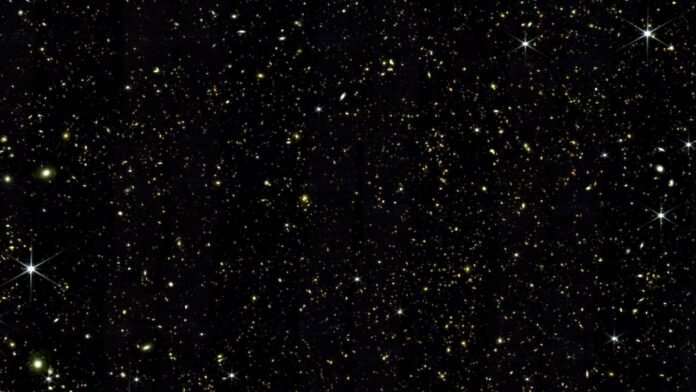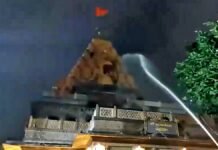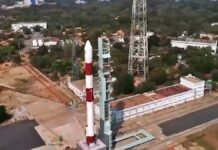
Washington: The James Web Space Telescope is constantly surprising the American space agency NASA with its pictures. This telescope is bringing a new world of space science in front of us, which was probably missing from our eyes till now. Years ago, another telescope ‘Hubble’ found that a region full of galaxies has now been seen with great precision with the help of Webb. Astronomers trained the near-infrared camera on the Webb telescope in Hubble’s Deep Field region. The image taken by it revealed how galaxies are growing at this time in the history of the universe. In this picture received by NASA, each point is a galaxy and each galaxy has billions of suns.
The world’s most powerful telescope spent more than 20 hours observing the long-studied Hubble Ultra Deep Field for the first time on October 11, 2022, and the results are starting to come in, according to NASA. Hubble observed a single sky for more than 11 days to take its deep-field view images. The telescope photographed spectral features more precisely with higher sensitivity in measuring colors, helping astronomers understand the history of star formation and ionization properties of galaxies during the first billion years of the universe.

At the same time, astronomers said they are seeing a mix between imaging and spectroscopy with the Webb telescope. So, we’re getting detailed information for all the galaxies in the field, unlike traditional spectroscopy, where you can select only a few galaxies to study, explained Michael Maceda of the University of Wisconsin-Madison. Studying galaxies in the Deep Field View can enhance understanding of the early processes involved in the formation and evolution of galaxies in the universe. Astronomers further pointed out that galaxies are very complex systems in which a wide range of different processes operate on different spatial and temporal scales, so there are several approaches that can be used to better understand the physics of galaxies.


















































